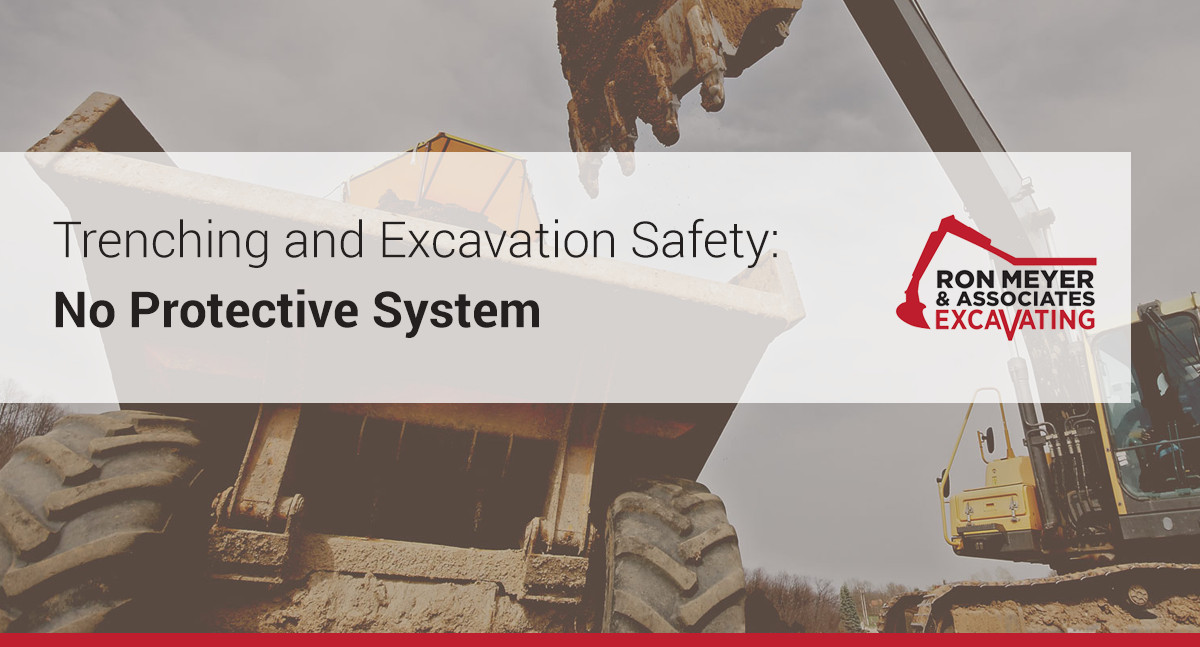
Cave-ins are perhaps the most feared trenching hazard. But other potentially fatal hazards exist, including asphyxiation due to lack of oxygen in a confined space, inhalation of toxic fumes, drowning, etc. Electrocution or explosions can occur when workers contact underground utilities.
OSHA requires that workers in trenches and excavations be protected, and that safety and health programs address the variety of hazards they face.
Am I In Danger?
All excavations are hazardous because they are inherently unstable. If they are restricted spaces they present the additional risks of oxygen depletion, toxic fumes, and water accumulation. If you are not using protective systems or equipment while working in trenches or excavations at your site, you are in danger of suffocating, inhaling toxic materials, fire, drowning, or being crushed by a cave-in.
How Do I Avoid Hazards?
Pre-job planning is vital to accident-free trenching; safety cannot be improvised as work progresses. The following concerns must be addressed by a competent person:
- Evaluate soil conditions and select appropriate protective systems. [29 CFR 1926 Subpart P Appendix A and 29 CFR 1926 Subpart P Appendix F].
- Construct protective systems in accordance with the standard requirements. [29 CFR 1926.652]
- Preplan; contact utilities (gas, electric) to locate underground lines, plan for traffic control if necessary, determine proximity to structures that could affect choice of protective system.
- Test for low oxygen, hazardous fumes and toxic gases, especially when gasoline engine-driven equipment is running, or the dirt has been contaminated by leaking lines or storage tanks. Insure adequate ventilation or respiratory protection if necessary.
- Provide safe access into and out of the excavation.
- Provide appropriate protections if water accumulation is a problem.
- Inspect the site daily at the start of each shift, following a rainstorm, or after any other hazard-increasing event.
- Keep excavations open the minimum amount of time needed to complete operations.
At Ron Meyer & Associate Excavating, Inc, we’ve been providing underground and commercial construction to private and commercial businesses for 39 years. As the general contractor or subcontractor, our experienced foremen, equipment operators, pipe layers, truck drivers and well-maintained equipment fleet make us an undeniable choice for your excavating services. Let’s talk about your project!
Additional Information:
- 29 CFR 1926 Subpart P, Excavations. OSHA Standard.
- 1926.652, Requirements for protective systems
Sources:

As 45 years of experience as an underground/site contactor and a third generation contractor, Ron takes time to go through each individual project with the supervisor and is responsible for all scheduling and equipment logistics. He’s also involved in all troubleshooting for projects.